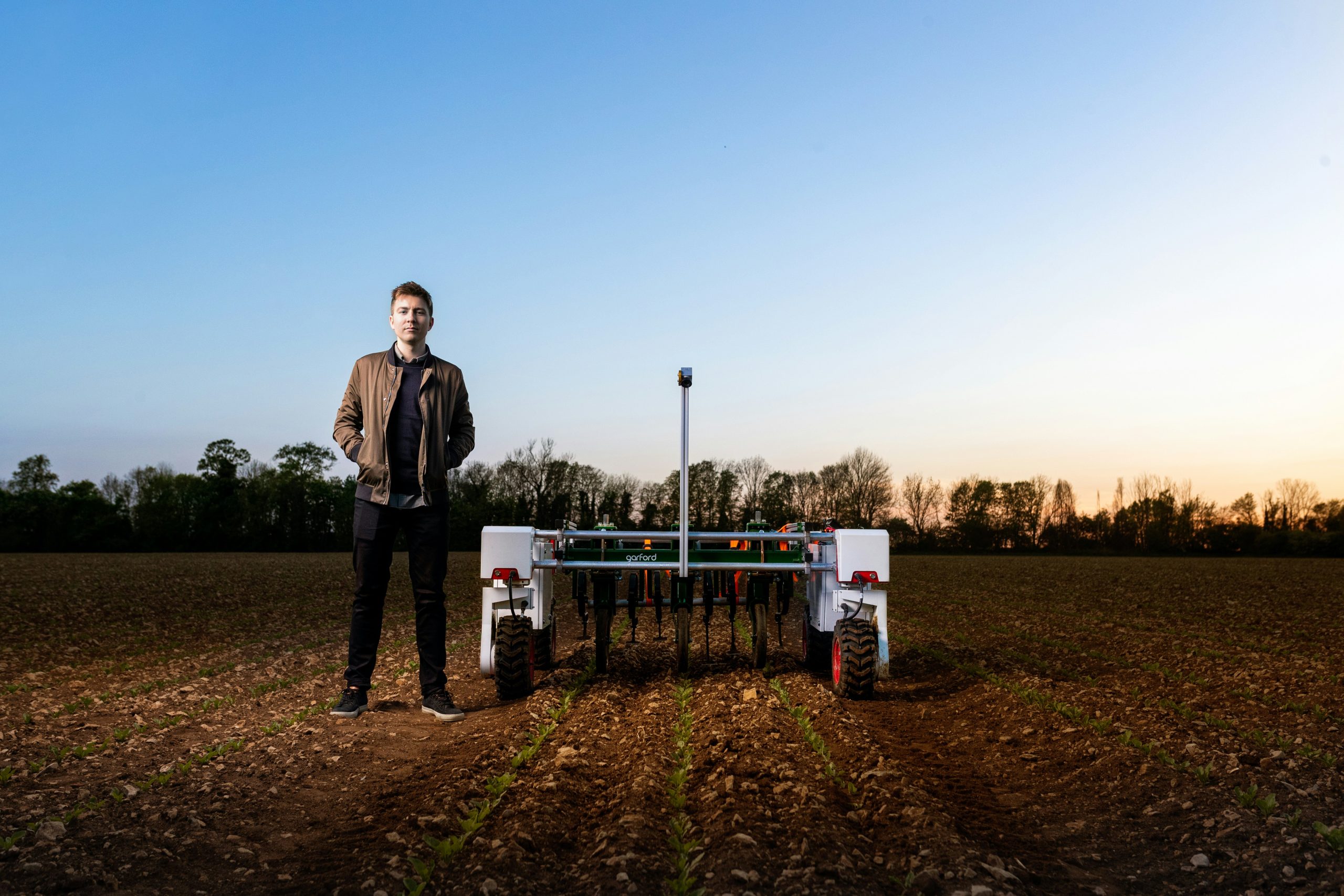
Preventing Injuries in Sports: Techniques and Technologies
Introduction
Injuries are an unfortunate reality in sports, affecting athletes of all levels. However, with advancements in techniques and technologies, there are effective strategies available to minimize the risk of injuries. This article explores various methods and innovations aimed at preventing injuries in sports.
Importance of Injury Prevention
Injury prevention is crucial for athletes to maintain their performance, longevity, and overall well-being. According to research by the American Orthopaedic Society for Sports Medicine (AOSSM), many sports injuries are preventable through proper training, equipment use, and medical oversight.
Techniques for Injury Prevention
1. Proper Conditioning and Training
Proper conditioning plays a pivotal role in injury prevention. Athletes should undergo comprehensive training programs that include:
- Strength training to build muscle and support joints
- Flexibility exercises to improve range of motion
- Balance training to enhance stability
Case Study: The NBA’s implementation of comprehensive strength and conditioning programs has reduced the incidence of common injuries like ankle sprains and knee injuries among players.
2. Warm-Up and Cool-Down Routines
Dynamic warm-up routines are essential to prepare the body for physical activity by increasing blood flow and muscle temperature. Similarly, cool-down exercises help the body recover gradually. Techniques include:
- Dynamic stretching before activity
- Foam rolling to reduce muscle tension post-activity
- Gradual reduction of intensity
3. Proper Technique and Skill Development
Learning and practicing correct techniques significantly reduce the risk of overuse injuries and trauma. Coaches and trainers play a crucial role in:
- Teaching athletes proper form and posture
- Monitoring athletes for signs of improper technique
- Implementing skill development drills
Technological Innovations in Injury Prevention
1. Wearable Technology
Advancements in wearable devices have revolutionized injury prevention by providing real-time data on athlete performance and health metrics. Examples include:
- Smart compression garments that monitor muscle fatigue
- GPS tracking systems to analyze movement patterns and workload
- Biomechanical sensors to detect abnormal movement patterns
Quote: “Wearable technology allows us to track athlete performance and identify potential injury risks before they escalate.” – Dr. John Smith, Sports Science Institute.
2. Impact-Reducing Equipment
Innovative equipment designs help absorb impact and protect athletes from physical trauma. Examples include:
- Shock-absorbing insoles and footwear
- Helmet technologies that mitigate concussion risk
- Improved padding and protective gear
Case Study: The introduction of advanced football helmets with impact sensors has decreased the incidence of head injuries in high school football by 30%.
3. Virtual Reality (VR) Training
VR technology is increasingly used to simulate game scenarios and improve decision-making skills while minimizing physical contact and injury risk. Benefits include:
- Safe environment for high-risk sports simulations
- Enhanced mental preparedness and reaction times
- Reduced physical strain during training sessions
Conclusion
In conclusion, preventing injuries in sports requires a multifaceted approach that combines traditional techniques with cutting-edge technologies. By prioritizing proper conditioning, technique development, and leveraging technological innovations, athletes can minimize their risk of injury and maximize their performance potential. Continued research and implementation of these strategies are essential for creating safer sporting environments worldwide.
By adopting these methods and staying informed about new developments, athletes and sports organizations can significantly contribute to injury prevention efforts and ensure a healthier future for sports participation.



